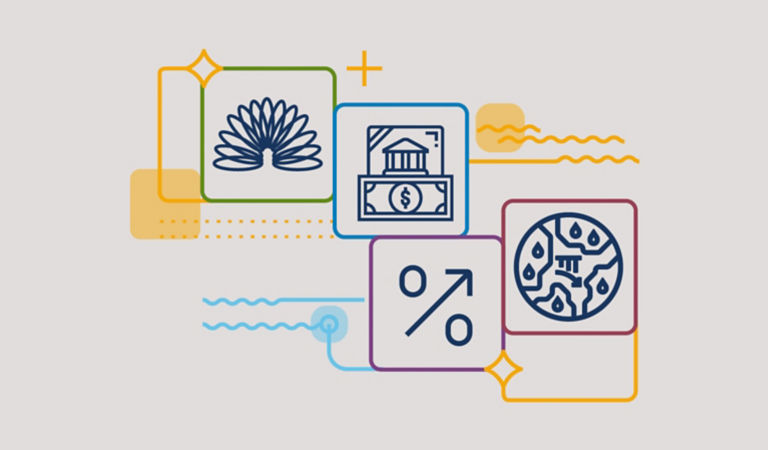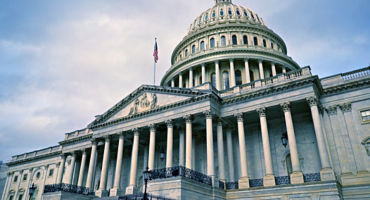In my full-year Outlook for 2023, I advocated for a defensive credit market risk posture, given my forecast for the global economy to enter a recession this year. While that remains my base case, I continue to see several attractive investment opportunities across fixed income sectors and expect there to be better entry points for allocators to take on additional credit risk in the second half of the year.
Global recession risks remain elevated
The leading economic and financial market indicators I monitor are continuing to signal a high probability of substantial weakening in the global economy in the coming quarters. I believe more restrictive central bank monetary policy over the past year or so, particularly in the US, likely contributed to recent banking-sector stresses and could be the transmission mechanism that eventually leads to lower corporate earnings and an increase in corporate defaults.
While the end of interest-rate-hiking cycles in the US and elsewhere may be near, engineering a soft economic landing will prove quite challenging, in my view, and I don’t think global central banks will be able to pivot to accommodative monetary policy anytime soon amid persistent inflationary pressures. Broadly speaking, financial conditions had already been tightening prior to the March deposit run that plagued the US banking system, which will likely make matters worse via tougher bank lending standards.
Despite these known perils and headwinds, credit spreads across many fixed income sectors have recently compressed to within their historical median levels, which may not adequately compensate investors return-wise for the much-anticipated economic slowdown — hence, my overall defensive stance on credit market risk at this time.









